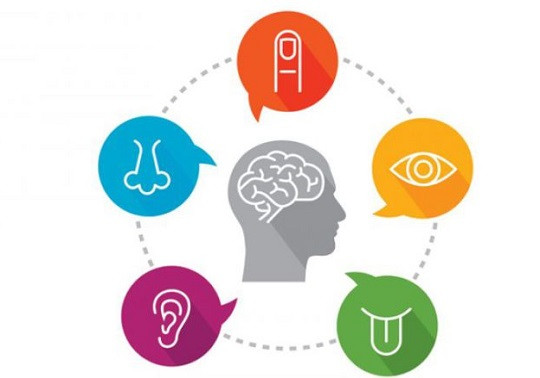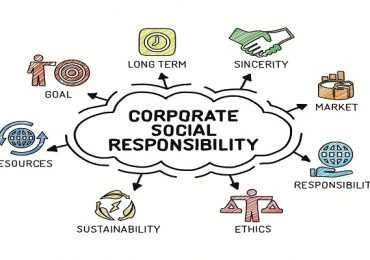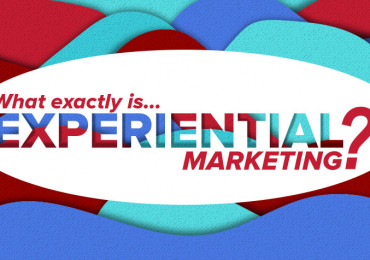
It is a type of marketing that focuses on stimulating the five senses (sight, hearing, touch, smell, and taste) to enhance the consumer experience and make it more attractive and connected to the brand or product. This type of marketing aims to create an immersive experience that leaves a long-lasting impression on consumers.
Types of sensory marketing:
1. Visual marketing: Using attractive colors, shapes, and designs to grab the consumer's attention. Brands sometimes use certain colors to enhance feelings of confidence or joy.
2. Audio marketing: Involves the use of music, sounds, or tones that can enhance the brand's identity. For example, some stores play calm music to create a relaxing atmosphere, or use distinctive melodies that they associate with the brand.
3. Olfactory marketing: Related to scents that can evoke certain memories or positive feelings. Some stores spread certain scents in their surroundings to enhance the shopping experience and make it more enjoyable.
4. Taste marketing: Usually used in the food industry, where free samples are offered to encourage customers to try products.
5. Tactile Marketing: It involves offering products that customers can touch and experience, such as luxury fabrics or smartphones, allowing them to recognize the quality of the product through touch.
Benefits of Sensory Marketing:
- Increase brand awareness: By creating an unforgettable sensory experience.
- Enhance loyalty: A distinctive sensory experience may make customers return to purchase the product or service again.
- Motivate purchasing decisions: A positive sensory experience may increase the consumer's desire to purchase.
- Differentiate from competitors: Using the senses can give the brand a competitive advantage in the market.
Examples of Sensory Marketing:
1. Visual: Using attractive colors and lighting in fashion stores.
2. Auditory: Playing appropriate music in stores to enhance the shopping experience.
3. Olfactory: Spreading distinctive scents in hotels to enhance comfort and luxury.
4. Tactile: Allowing the experience of touching luxury products in car showrooms.
5. Gustatory: Offering free food samples in stores to encourage purchase.
Sensory marketing helps create a deep connection between the consumer and the brand through multi-dimensional sensory experiences, which enhances the customer experience and increases the chances of commercial success.

18/08/2024

30/08/2024

30/08/2024

30/08/2024

26/08/2024

18/08/2024

20/08/2024

30/08/2024

18/08/2024

12/06/2024

01/09/2024

17/08/2024

14/08/2024

15/08/2024

01/09/2024

14/08/2024

17/08/2024

26/08/2024

30/08/2024

18/08/2024